Best Time to Visit Washington Dc
onwards View Packages
Get Customized PackagesThe Land of Diversity
Top Hotel Collections

Private Pool

Luxury Hotels

5-Star Hotels

Pet Friendly
What is the Best Time to Visit Washington, D.C.?
When planning a trip to the vibrant city of Washington, D.C., timing is everything. The best time to visit this iconic destination largely depends on your preferences and what you aim to experience. Spring is undoubtedly one of the prime seasons, with cherry blossoms in full bloom, casting the city in a mesmerising hue. The mild temperatures and festive atmosphere make it a favourite among tourists.Washington, D.C., is indeed a year-round destination. The most stylish time to visit Washington, DC, would be in the fall season, from September to November. The rainfall conditions are agreeable with lower excursionists. Regardless of the time of your visit, the monuments remain open 24x7, and the Smithsonian galleries operate on all days except Christmas. Overall, the rainfall is fairly mild, and the megacity substantiates four distinct seasons of nearly the same length. Anticipate cold and snowy layoffs, scorching and sticky summers, and downfalls in extremely short bursts. One of the most beautiful effects that Washington, DC, has to offer is its cherished cherry blossoms. However, it's also recommended to plan a trip between mid-March and June if you want to witness the cherry blossom trees at their most stylish. For excursionists who are looking to partake in spectacular public festivals, the most stylish time to visit would be during the 4th of July celebrations. The stylish times to visit Washington,D.C., are from September to November and March to May. In the afterlife, the scorching summer is gone, taking with it the utmost of the high-season excursionists. All that is left are crisp breaths and changing leaves, which, by the way, look great against all those marble monuments. Alternate to fall is spring, which is also a mini-high season thanks to the National Cherry Blossom Festival in late March and early April. Summer in Washington, D.C., is hot and sticky, creating less than ideal conditions for exploring the great outdoors. That said, numerous galleries blast air exertion, so if you can stand the heat, you will find a plenitude of free lodestones to keep you entertained. Winter is surely a low season. Although the chance to find lower hostel rates is high and the rainfall is mild compared to other destinations along the East Coast, the megacity is prone to experiencing cold temperatures and snowstorms. For this reason, trip insurance is recommended for anyone planning a downtime visit to D.C.
More about the Best Time to Travel to Washington, D.C.
Travel Peak Season in Washington, D.C.
Summer marks the peak season, attracting travellers with its warm weather and a plethora of events. From exploring the National Mall to attending outdoor concerts, summer in D.C. is bustling with activity. However, be prepared for crowds and higher accommodation prices.The peak sightseer season in Washington,D.C., generally occurs during the spring and summer months, specifically from March to August. This period sees a swell in callers drawn by the affable rainfall, blooming cherry blossoms, and a plethora of events and festivals. While the peak season in Washington,D.C., brings vibrant energy and multitudinous lodestones , it's judicious to plan ahead, especially for popular events and milestones. Embrace the megacity's rich history, artistic immolations, and out-of-door conditioning during this lively time of the time.
Travel Offseason in Washington, D.C.
For those who prefer a quieter experience, the winter months offer a serene charm. The city's attractions are less crowded, allowing for a more intimate exploration of its cultural and historical wonders. While temperatures may drop, the festive holiday decorations and indoor events make winter a unique time to visit.The offseason in Washington,D.C., generally occurs during the downtime months, from December to February. While the rainfall may be colder, visiting during the offseason has its advantages, including smaller crowds at popular attractions. While the offseason in Washington,D.C., may have cooler temperatures, it offers a quieter and more reflective atmosphere for those who prefer a less crowded experience. Plan accordingly, considering both inner and out-of-door conditioning, to make the most of your visit during this unique time of the time.
Travel Packages
View All Packages For
Washington, D.C., in Shoulder Season
The transitional seasons of fall and spring are considered shoulder seasons. During these times, the weather remains pleasant, and the city is adorned with the changing colours of foliage or blossoming flowers. This is an ideal period for a balanced experience, avoiding the extremes of both peak and offseason.
Washington, D.C., in Hot Season
If you're a fan of warm weather and vibrant outdoor activities, summer is the perfect time to explore Washington, D.C. The city comes alive with street festivals, outdoor markets, and various cultural events. Just be prepared for higher temperatures and plan accordingly.
Washington, D.C., in Rainy Season
Spring may bring the beauty of blooming cherry blossoms, but it also ushers in occasional showers. Packing an umbrella and waterproof gear during this season is advisable, ensuring you can enjoy the city's charm while staying dry.
Washington, D.C., in Cool Season
The fall season in Washington, D.C., brings a crisp coolness to the air, making it an excellent time for outdoor exploration without the summer crowds. From strolling through historic neighbourhoods to hiking trails, fall offers a diverse range of activities against a picturesque backdrop of autumn colours.
Places To Visit In
Nearby Places
Photos
Browse Package Collections
Browse Hotel Collections
Faq
Q: What is the peak tourist season in Washington, D.C.?
A: The peak tourist season in Washington, D.C., is during the spring (March to May) and fall (September to November). The weather is pleasant, and attractions like the National Mall and cherry blossoms are in full bloom.
Q: Is there a specific time to avoid due to extreme weather conditions?
A: Summers (June to August) can be hot and humid, making outdoor exploration less comfortable. If you're not a fan of high temperatures, you may want to avoid visiting during this period.
Q: What about winter in Washington, D.C.?
A: Winter (December to February) can be cold, but the city is less crowded. If you enjoy holiday decorations and winter activities, this might be the right time for you.
Q: Are there any special events or festivals that influence the best time to visit?
A: Events such as the National Cherry Blossom Festival in spring and the Independence Day celebrations in July make those times particularly vibrant. Check the event calendar to align your visit with specific interests.
Q: What is the recommended time for history enthusiasts to visit?
A: History enthusiasts may prefer the off-peak months of late fall and winter when museums and historical sites are less crowded, allowing for a more immersive experience.


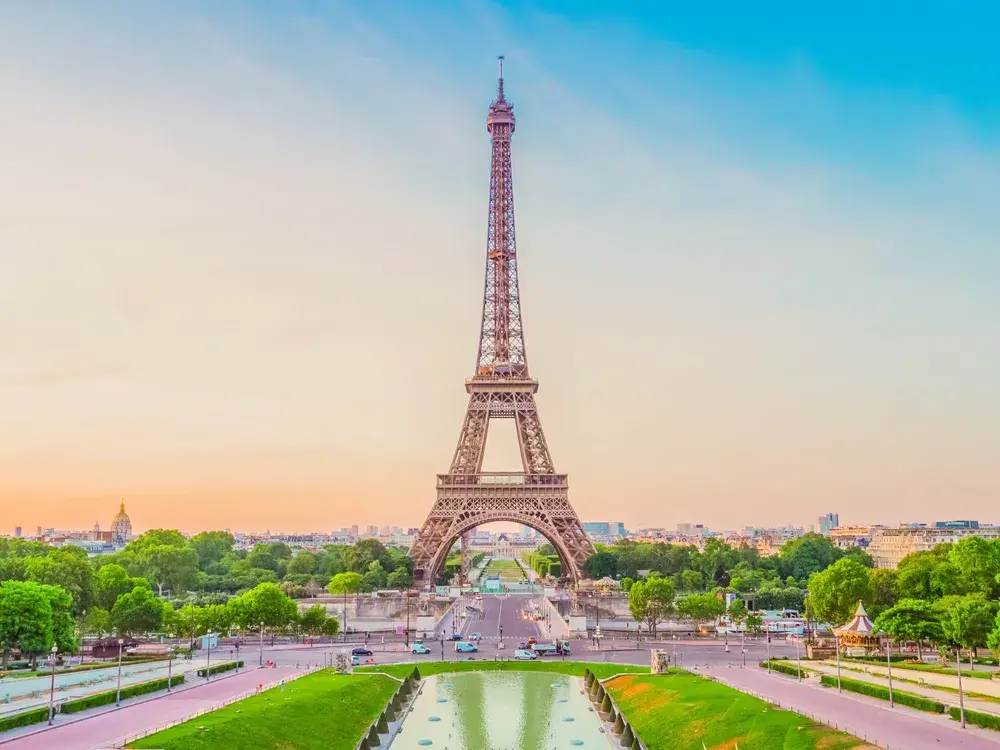
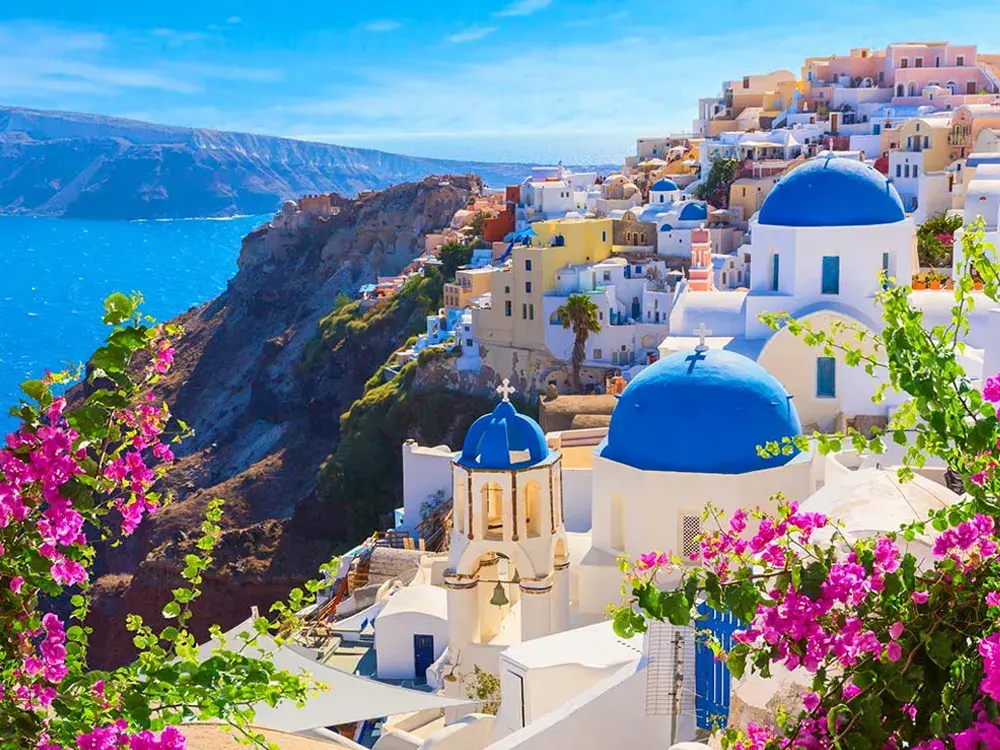
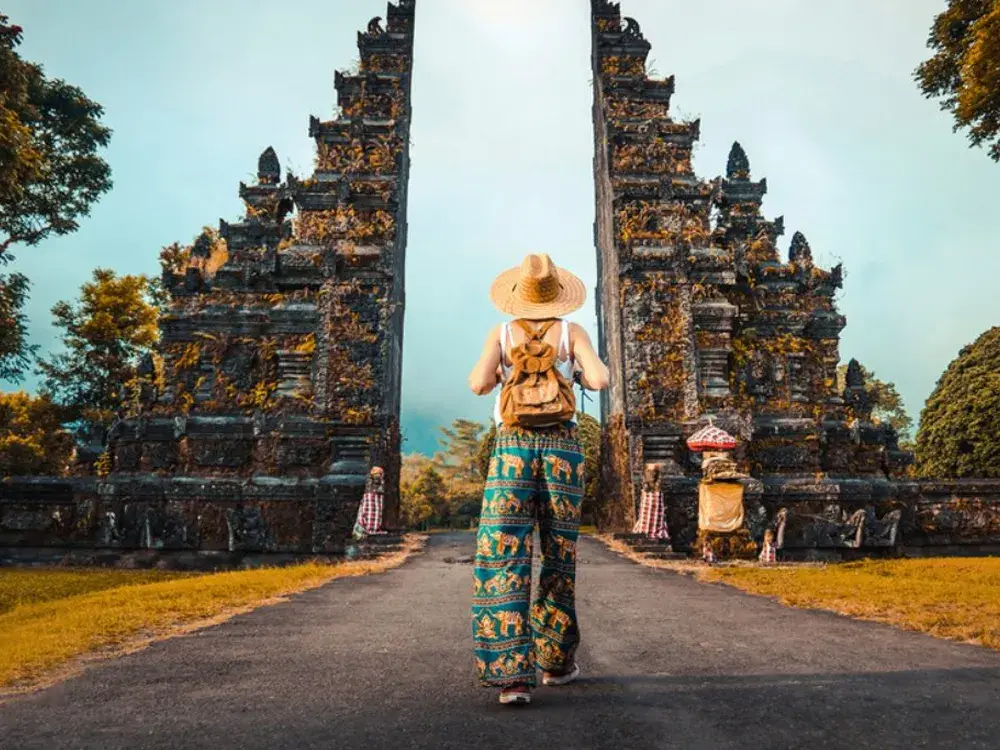
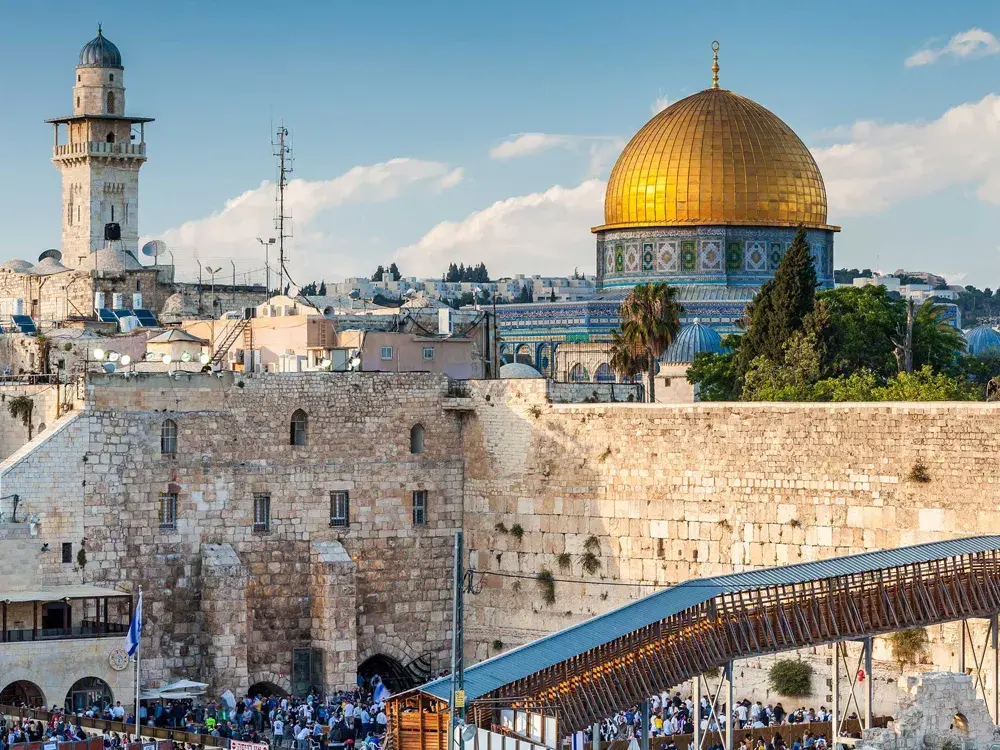
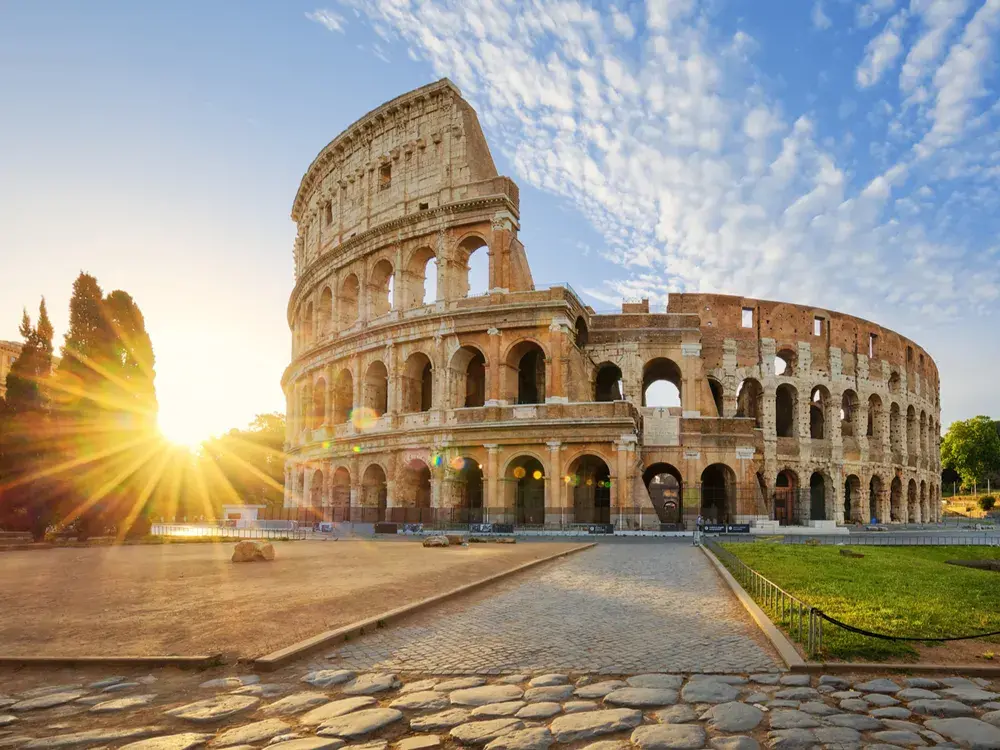
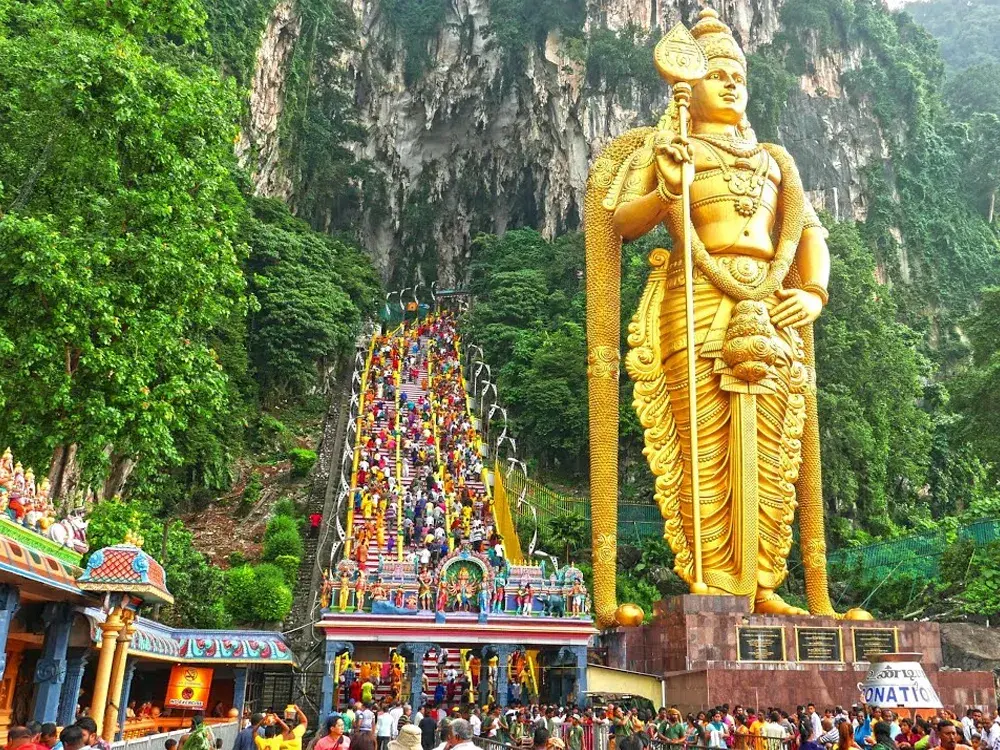
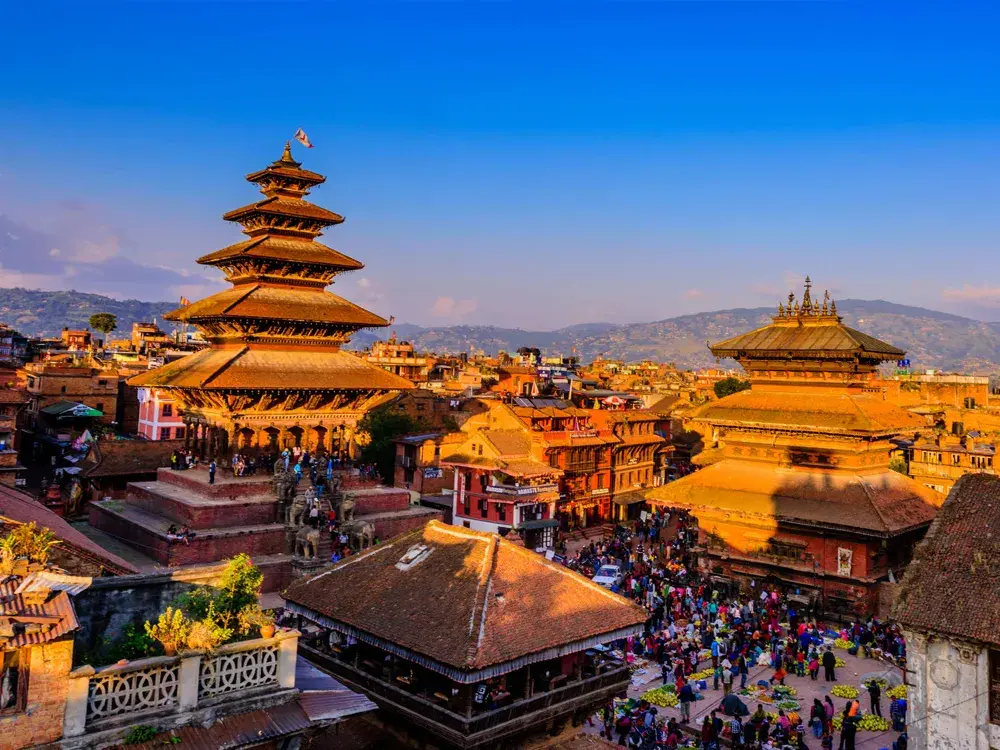

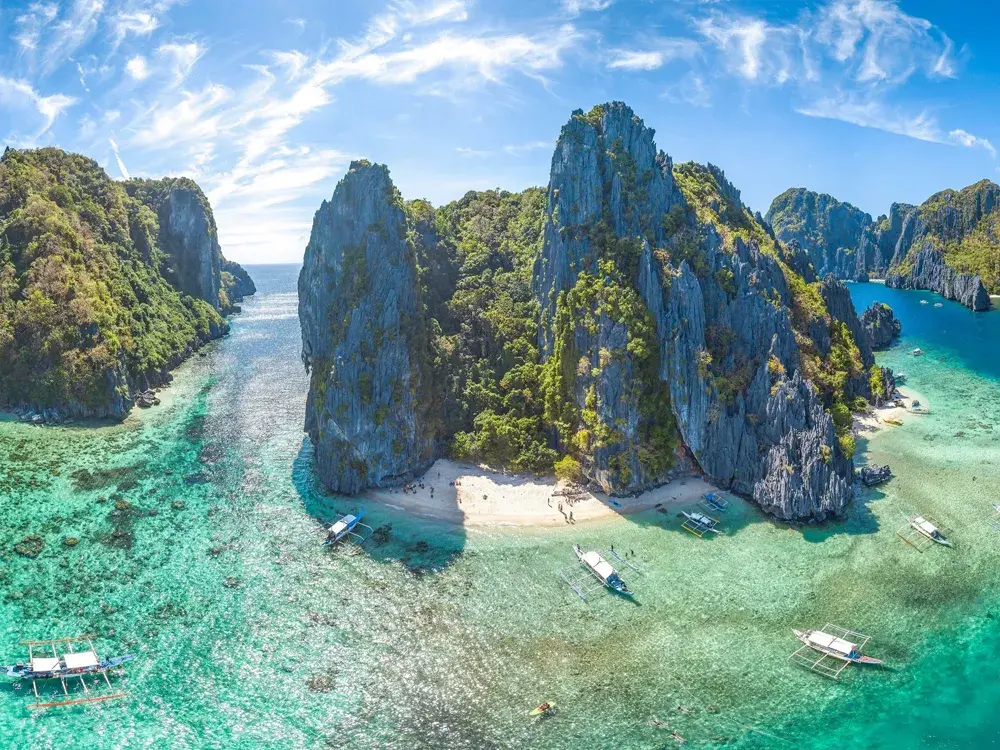
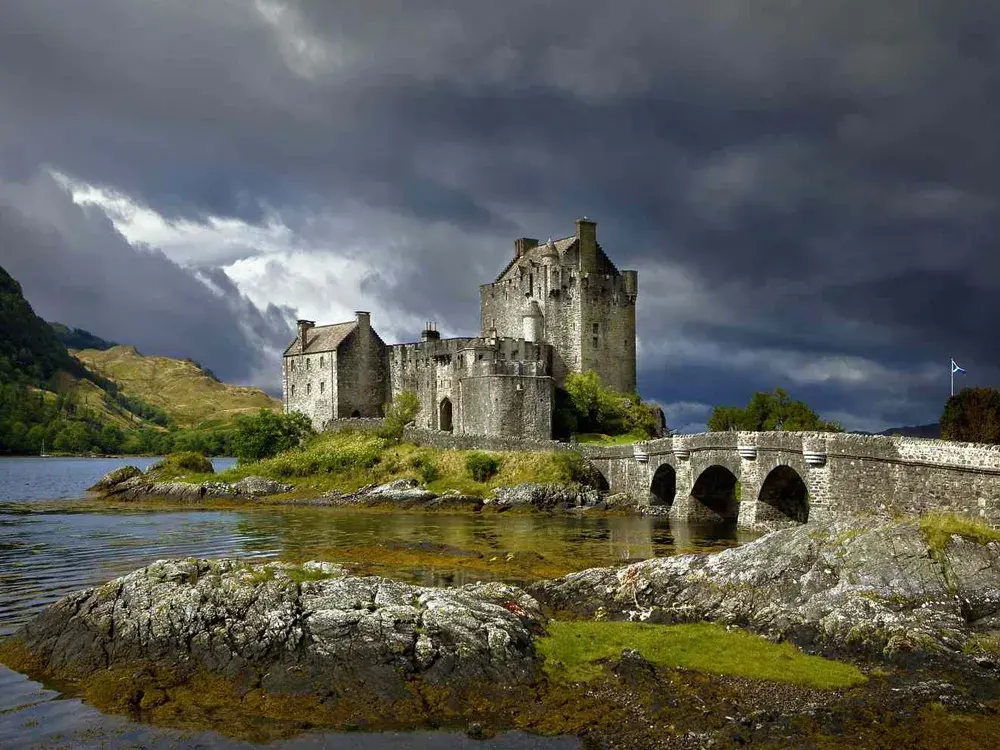
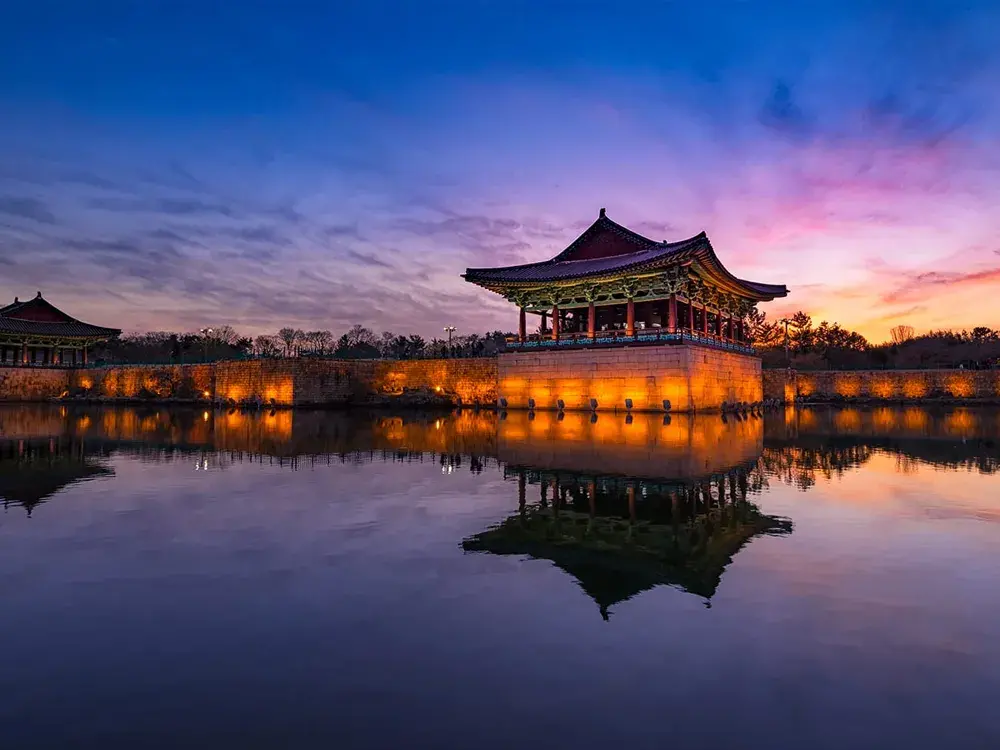
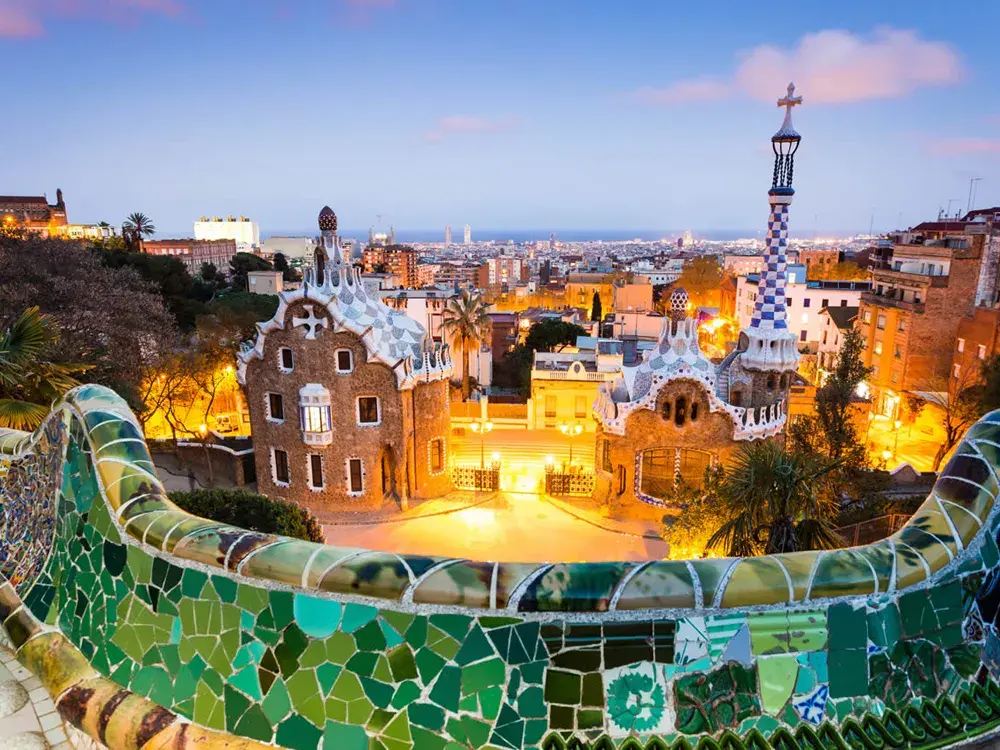

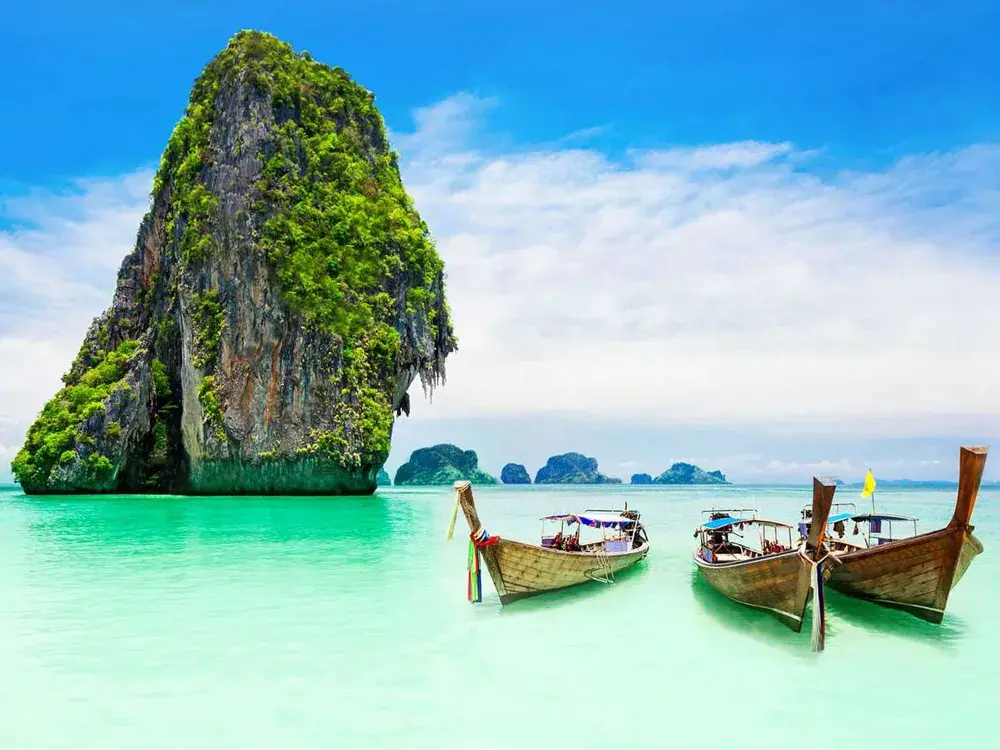
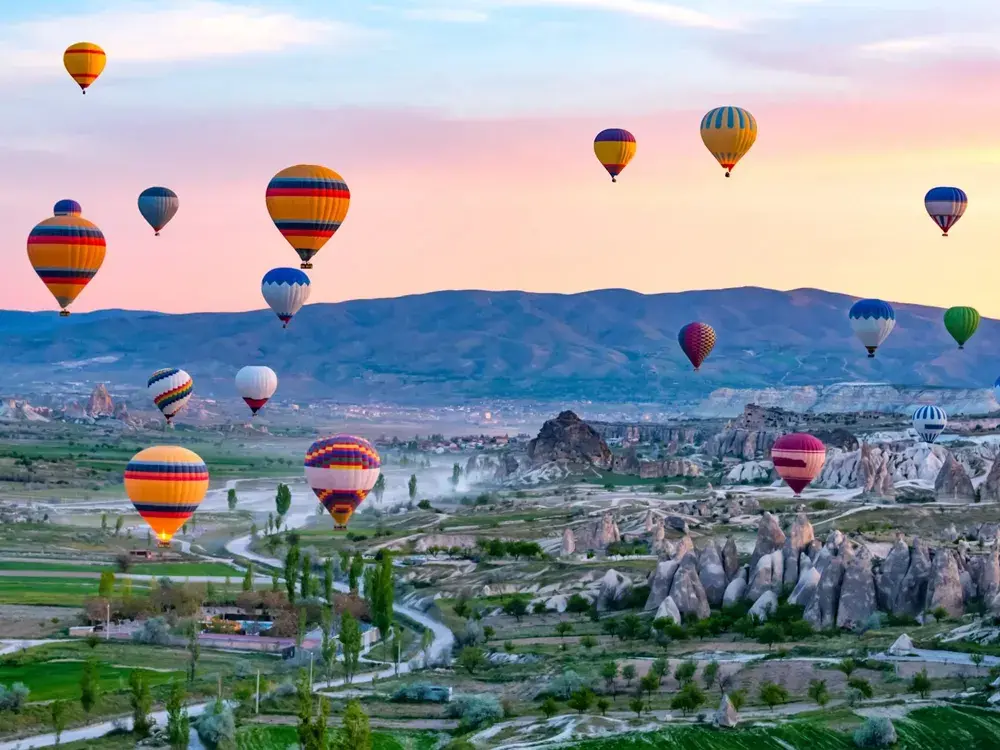
.webp)
